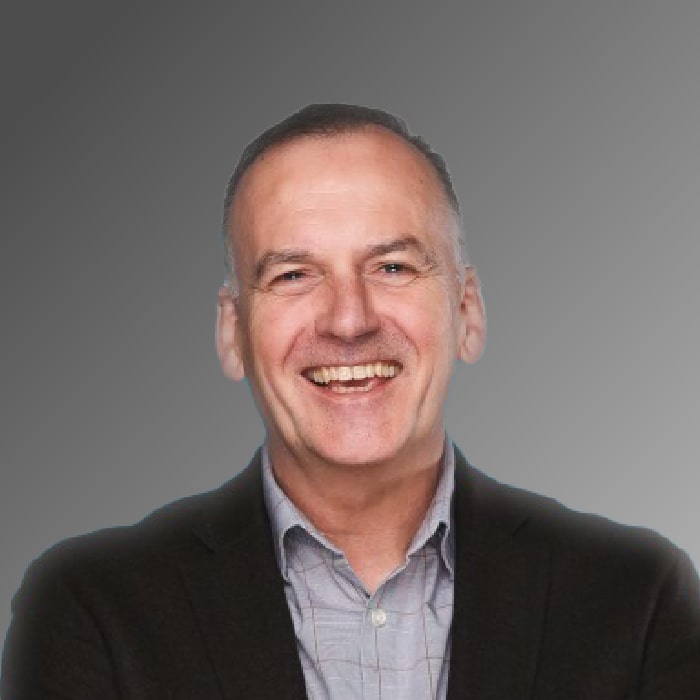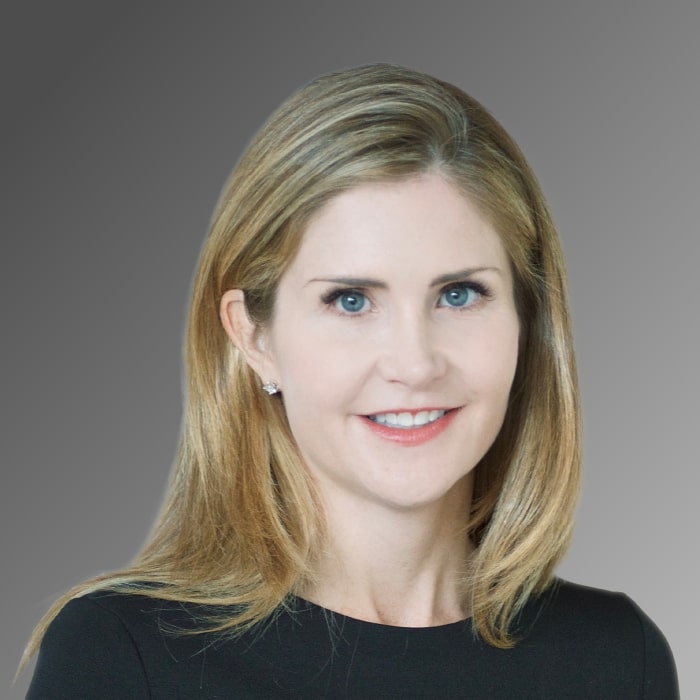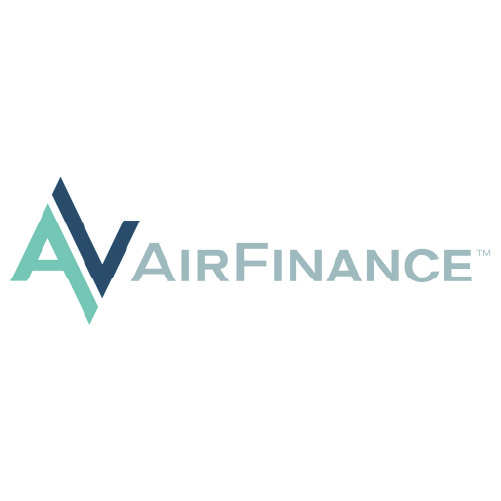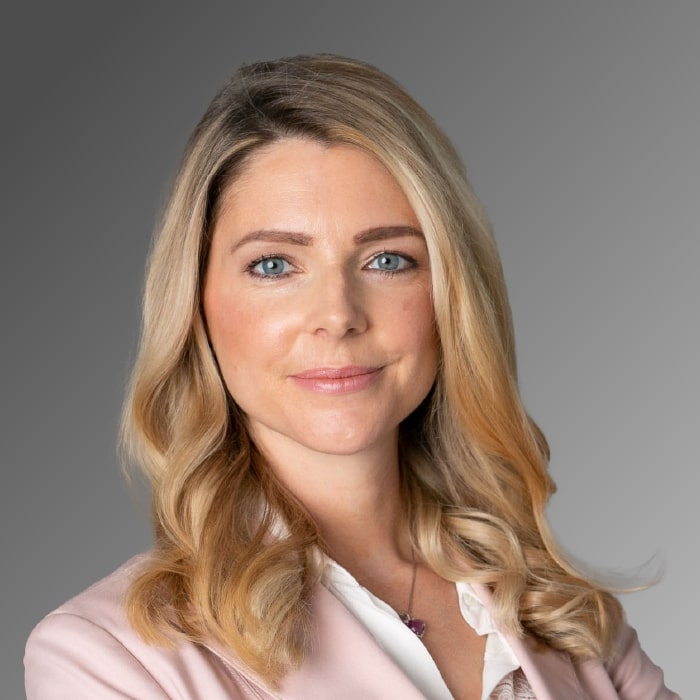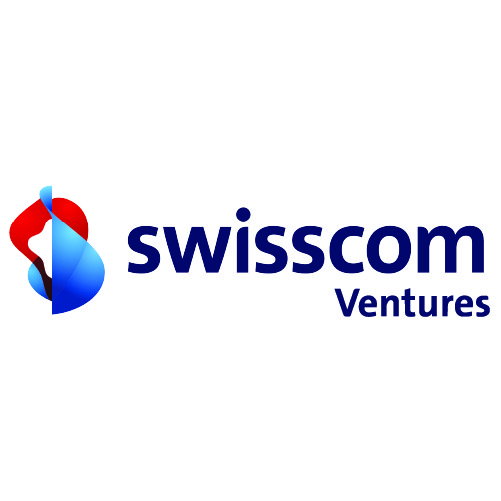Building in Agility As a Hybrid CVC Fund
May 14, 2024
Interviewed by Nicolas Sauvage on December 9, 2021
By mid-2021, Brian Schettler had won the 4 ½-year battle against corporate antibodies and refined the Boeing HorizonX Ventures culture to the point it was soaring along. Some corporate venture capital directors would have flipped on the autopilot, sat back, and enjoyed the view from such a lofty perch. But Brian told CVI Insider host and TDK Ventures President Nicolas Sauvage, that the successes afforded the perfect opportunity to land that plane and take off in a new direction. He convinced Boeing to spin out its CVC platform into a hybrid model in conjunction with AE Industrial Partners. August 2021 saw the launch of AEI HorizonX.
Background
Brian, who comes from an electrical engineering background, entered the aerospace and defense career path right out of college. He said he knew right away what he wanted to do with his professional life, even though aerospace CVC hadn’t yet been fully defined.
“I became quickly enamored with the technical side of aerospace, but growing into more strategy, corporate development, and transaction-oriented worlds that was really blending internal innovation with outside innovation and how we could bring that together.”
After working for a few companies in the sector, he joined Boeing in 2017 and he was charged with building a corporate venture capital fund from scratch. He said his background in aerospace, defense, and engineering won him the job.
”There are so many nuances of aerospace versus automotive or even other heavily regulated industries that having a career focused on that world helps you understand and bridge connections to technology, products, services, and ultimate capabilities,” he explained. “In an engineering-dominated company like Boeing,…I could talk the talk with the engineering teams, or at least bring some street credibility. It does give you a framework to think like an engineer…and try to reach a common language of how we can embrace capability from the outside without being disruptive or threatening to the world they operate in at Boeing.”
He also has an MBA, which speaks Brian’s ability to operate in corporate strategy and business development roles, “and that’s so much of what you have to do inside these companies to critically assess the startups, really bring that sort of experience and support to them to ensure they navigate their company dynamics.”
Airbus, Boeing’s rival in most of its industry verticals, had already established a CVC fund before Brian arrived. He said that emphasized the need for Boeing to get involved but did not provide him with a template to copy.
“As you can imagine with big companies you are always scanning what the other player is doing in the market,” Brian said. “It was more just the validation that a venture capital model works in aerospace or at least others are trying it. Airbus Ventures set up its dedicated fund from the beginning. It wasn’t off Airbus’s balance sheet, it was funded as a dedicated structure. Boeing started a hundred percent inside, with a much more strategic focus.”
Building the Boeing Fund
Boeing was creating a new centralized innovation arm to tap into the outside world. How it would work inside of Boeing explicitly was yet to be determined, Brian said.
One of the biggest challenges was to design a CVC unit that would work not only for aerospace in general but also within Boeing’s corporate culture. Over the next five years, Brian and his team worked to integrate an external innovation program with Boeing’s technical expertise. His team faced its share of internal resistance. It spent a lot of time communicating with internal innovators to convince them that investing outside the company posed no threat to their livelihoods or contribution to the corporate parent.
“If people are left to interpret the purpose of the venture unit on their own, most people will be (skeptical),” he said. “A more active and embracive approach to roadshow the venture platform around the organization communicated not only the relationship and partnership we wanted to have with the technical community but also the benefits that can come.”
After a few successes, the value becomes apparent.
As a true CVC, Boeing HorizonX sought more than just simple investments. It needed to get access to the capabilities startups enabled and to support and grow its portfolio companies.
“But at the end of the day, if you aren’t translating that into value creation inside your corporate parent, it’s no different than just being an investor for a pension fund,” Brian said. “Over those five years or so inside Boeing, we executed about 40 direct investments into startups around the world. We deployed roughly a couple hundred million in capital across those early-stage companies so we could ensure we were at the key decision gates to make the tech successful for aerospace, given the unique barriers to entry and regulatory dimensions.”
The Spinoff
That closeness to the mothership and its innovation resources engendered cooperation and gave HorizonX some added legitimacy that comes with being part of an industry leader. Potential portfolio companies and channels were more receptive to overtures when they came from Boeing employees rather than a CVC related to Boeing,” Brian said.
“(The spinoff) was such a cultural transformation in the early days, and it took years to have the relationships we have today,” Brian explained.
But with the understandings and bridges built both inside and outside Boeing solidified, 2021 marked the perfect time to make the CVC a separate entity so it could “benefit from a bit more independence and third-party capital,” Brian said. “(With) broader sources of capital, you can make bigger investments in the startups; you can make more investments; and you can (empower) your corporate parent…to roll some of the investment they might have otherwise made in just equity to instead operationalize capability so it jump-starts and accelerates that advancement in your respective industries.”
Brian sees the spinoff as a natural progression that could not have happened had Boeing not started with the CVC as part of its operations. Keeping HorizonX close showed potential antibodies that it complemented rather than competed against other capital needs and innovation initiatives.
In addition to accessing diverse capital sources, an independent Boeing HorizonX could leverage additional strategies, approaches, and structures free of the constraints that may come with affiliations with M&A and R&D. In those situations, he said, “there are playbooks for divestiture, investment banks (to deal with), and transaction mechanics (to obey). It’s very scripted.”
He said as the head of an independent entity, he tried to expand the universe of options such as partial equity ownership, non-50–50 joint ventures, and smaller stakes made simply in exchange for favorable pricing.
Hybrid Model
The strategic partnership with AE Industrial Partners that created AEI HorizonX combines funding from Boeing and other sources and leverages both companies’ strengths.
“We still have direct strategic linkage to Boeing to get market channel access and the bidirectional transfer of capabilities from the subject matter experts and regulatory specialists,” Brian explained. “And we can flow capability back to Boeing in the form of disruptive startups that can make an impact on aerospace.”
He said the hybrid fund maintains all the advantages of working inside Boeing with the added benefits of raising funds from limited partners to facilitate quick action and agility while derisking the Boeing balance sheet.
Even while HorizonX was still part of Boeing corporate, Brian developed the Applied Innovation concept that built a team around portfolio development that keeps startup investments focused on innovations of interest to the mothership’s technology division. That approach continues to work well with the CVC acting independently.
“Boeing is still the largest limited partner in my current fund, and it will be a major limited partner in future funds,” Brian said. “It has a direct benefit to the success we’re able to deliver from an applied innovation front. If that applied innovation team does more adoption, does more insertion of this capability to market channels, which makes the startups even more successful, that’s going to spring around to Boeing, and it’ll get better returns. So it gets the double whammy, it gets the value from embracing the tech and selling it in its channels, and then also the return from the fund.”
It works because of the Applied Innovation team’s operationalization of best practices and value creation, Sauvage observed. Brian called it the fund’s secret weapon.
“I won’t say it’s impossible to be successful in this hybrid model without it, but fundamentally, you need to have alignment on the principles of what keeps that value-creation story going,” he said. “The best deals out there are becoming more and more competitive. There’s capital everywhere that good startups are getting exposed to. If you want to make the case for why a startup should be looking at you as an investor, why they should focus their time and attention on working commercial deals with you and not somebody else on their screen on their cap table, these sorts of things make a difference.”
The money is important, as it both enables startups and demonstrates fund commitment, but a dedicated team focused on external innovation keeps the workflow compartmentalized, Brian explains, providing a key interface for both Boeing and the portfolio.

 Over-communication, especially in legacy companies like Boeing, can help avoid unseen obstacles that might appear in middle management otherwise and foster top-down CVC champions that believe in your mission.
Over-communication, especially in legacy companies like Boeing, can help avoid unseen obstacles that might appear in middle management otherwise and foster top-down CVC champions that believe in your mission. 









